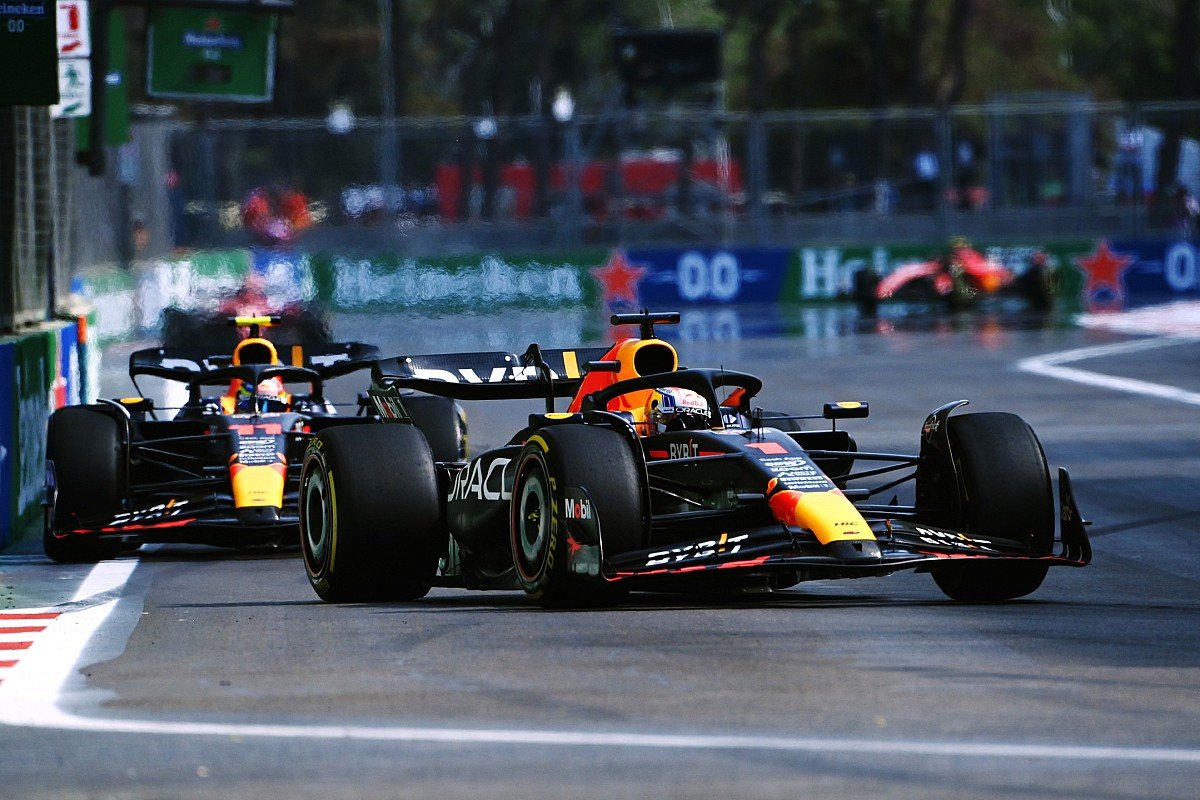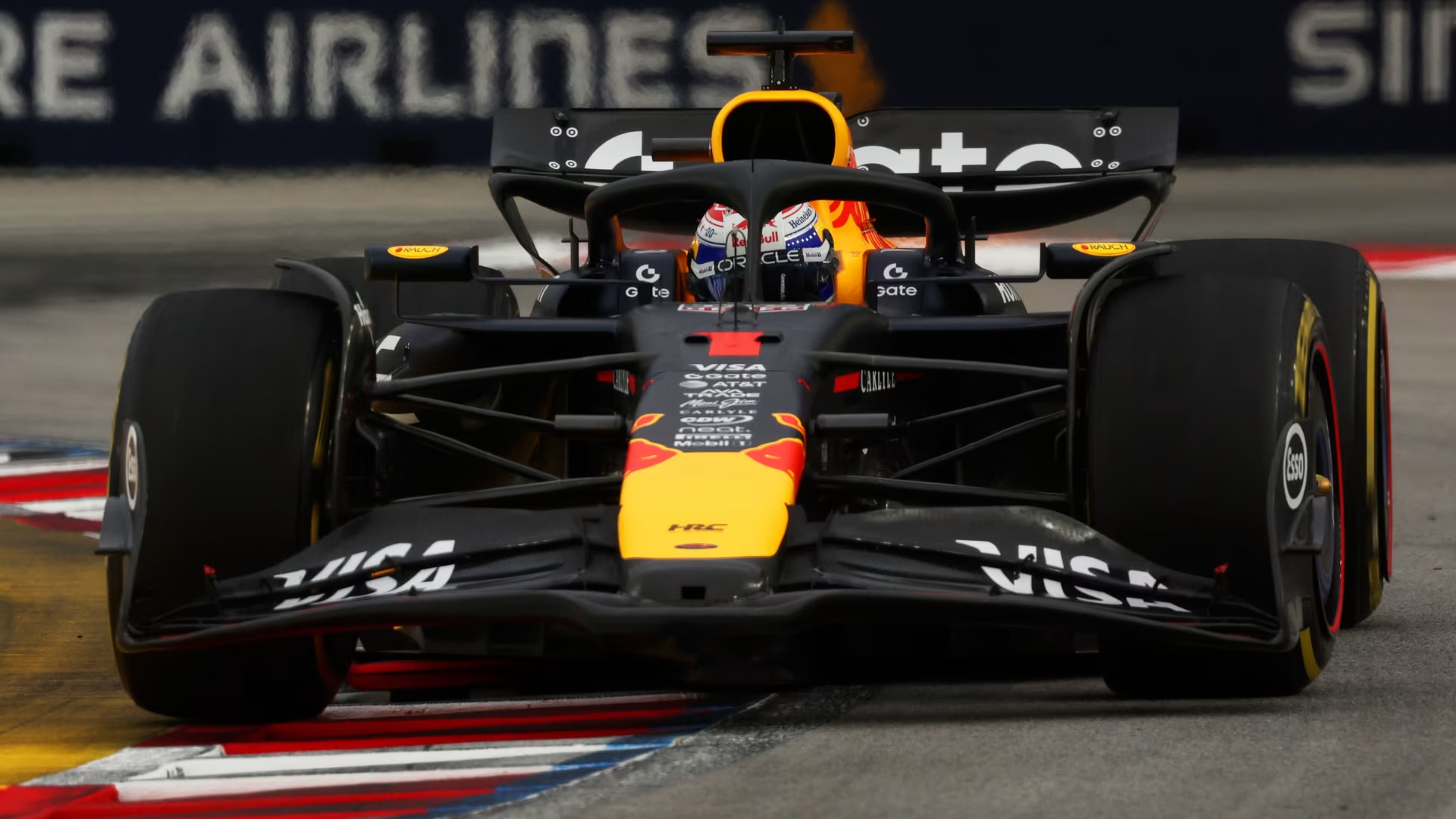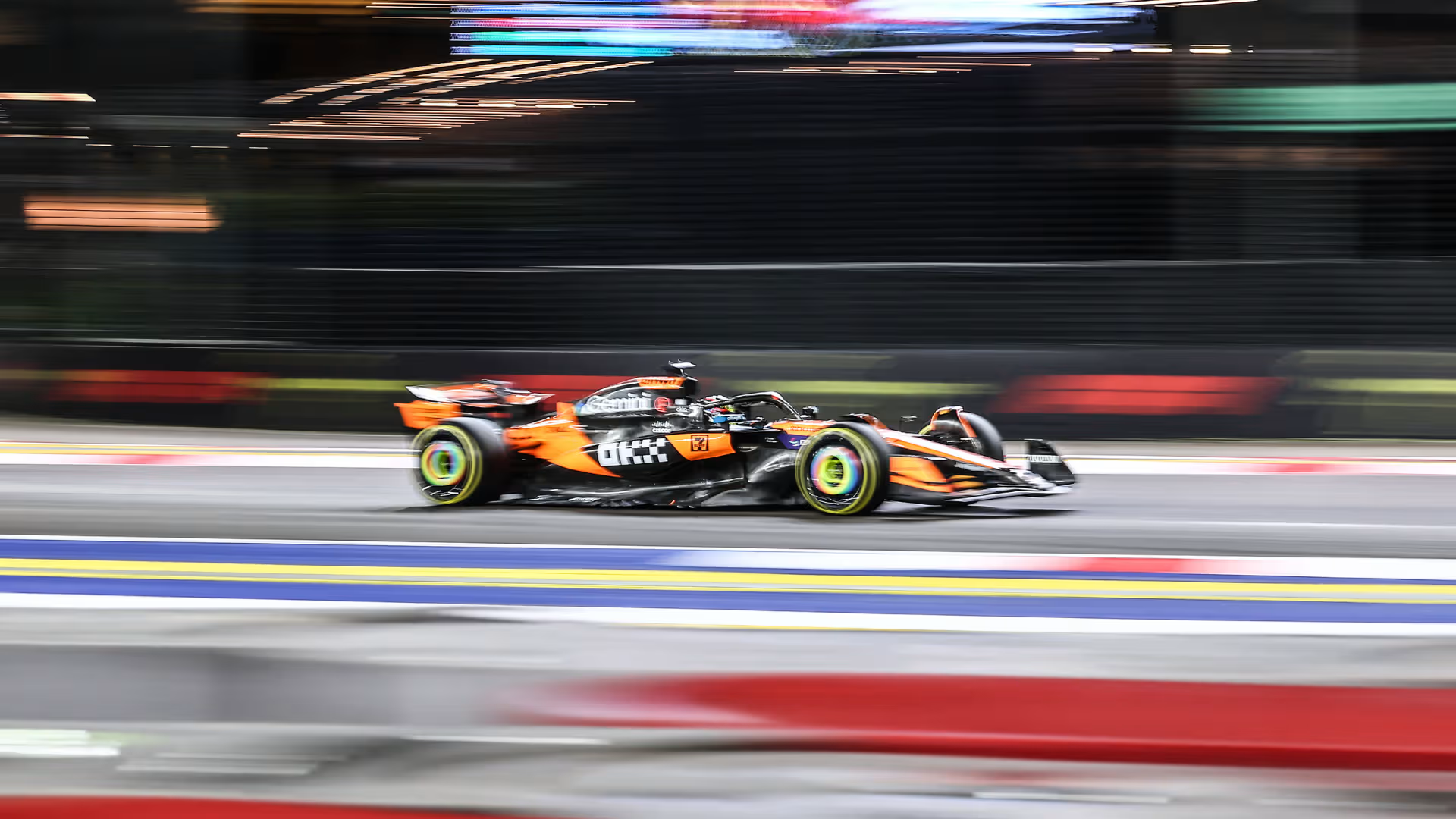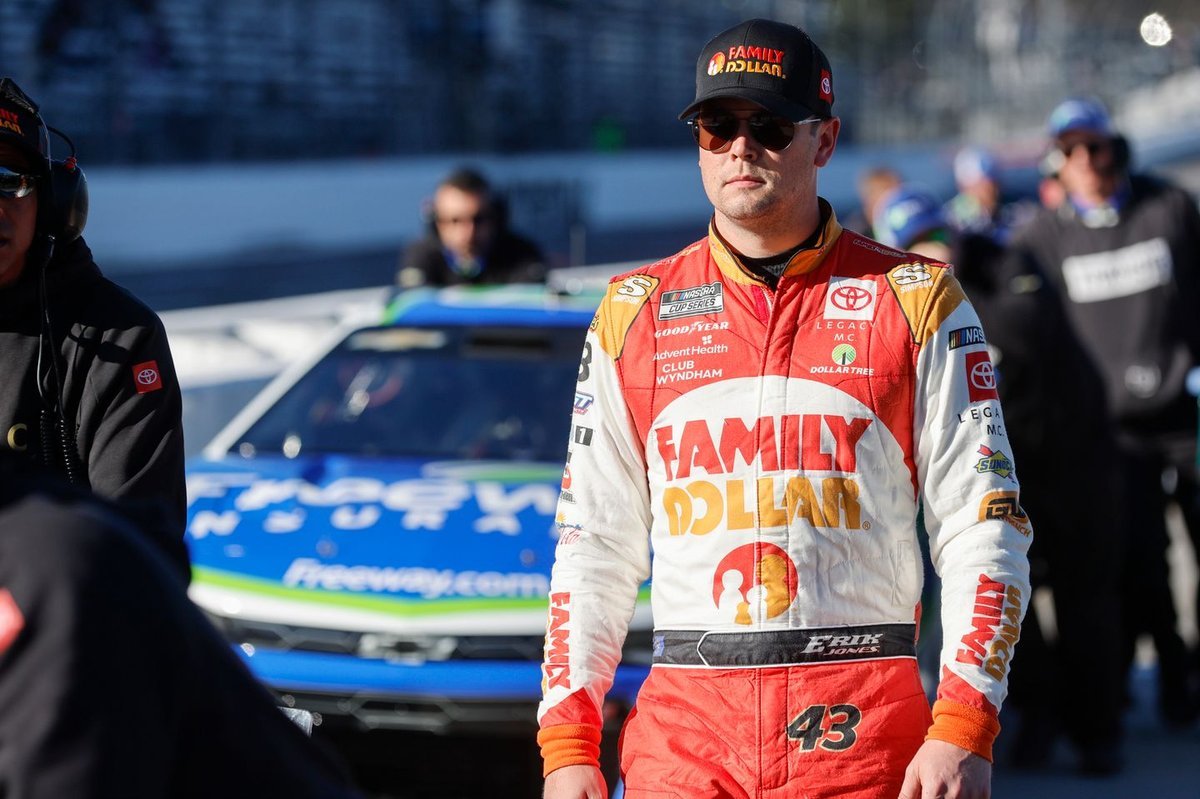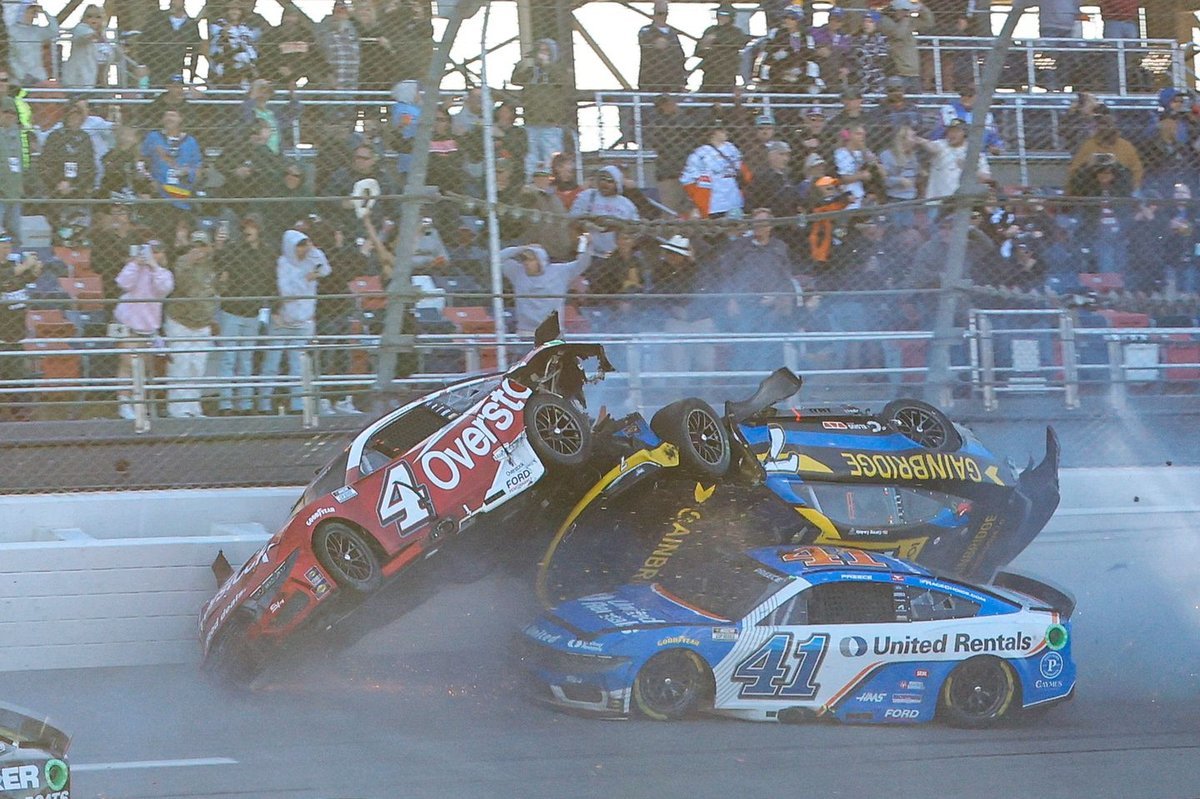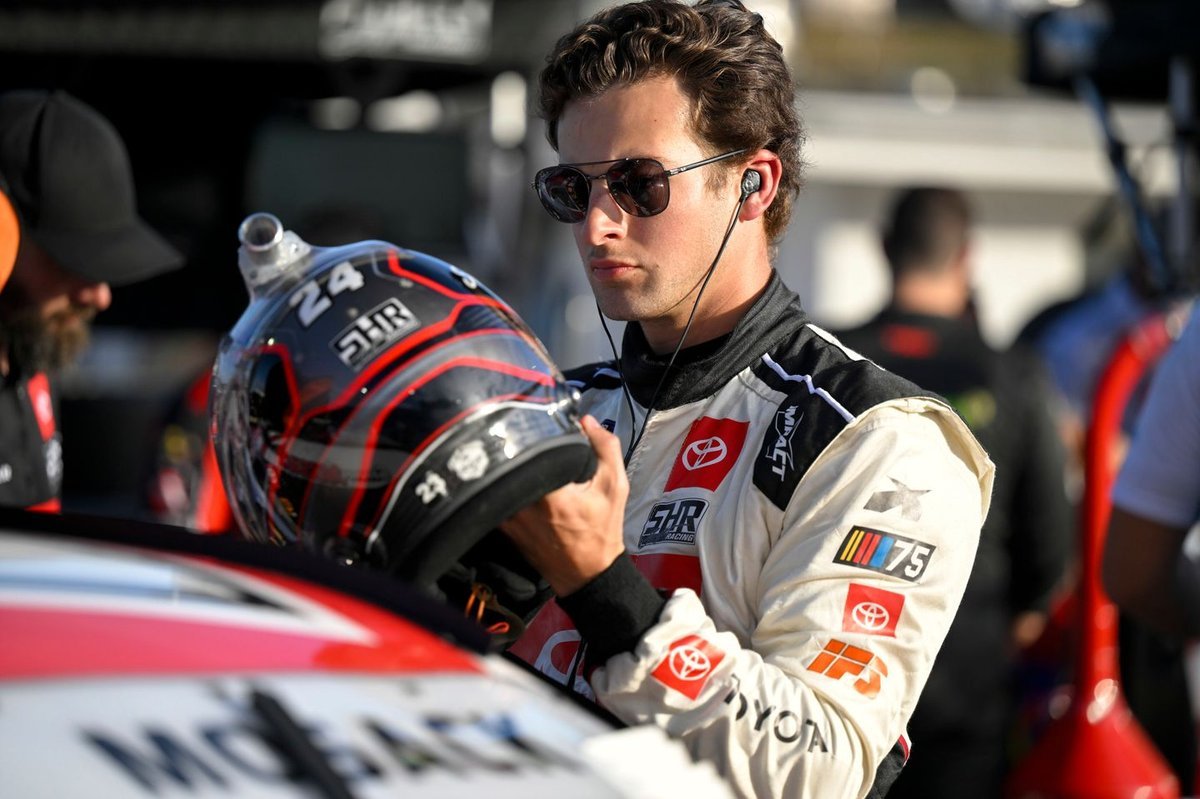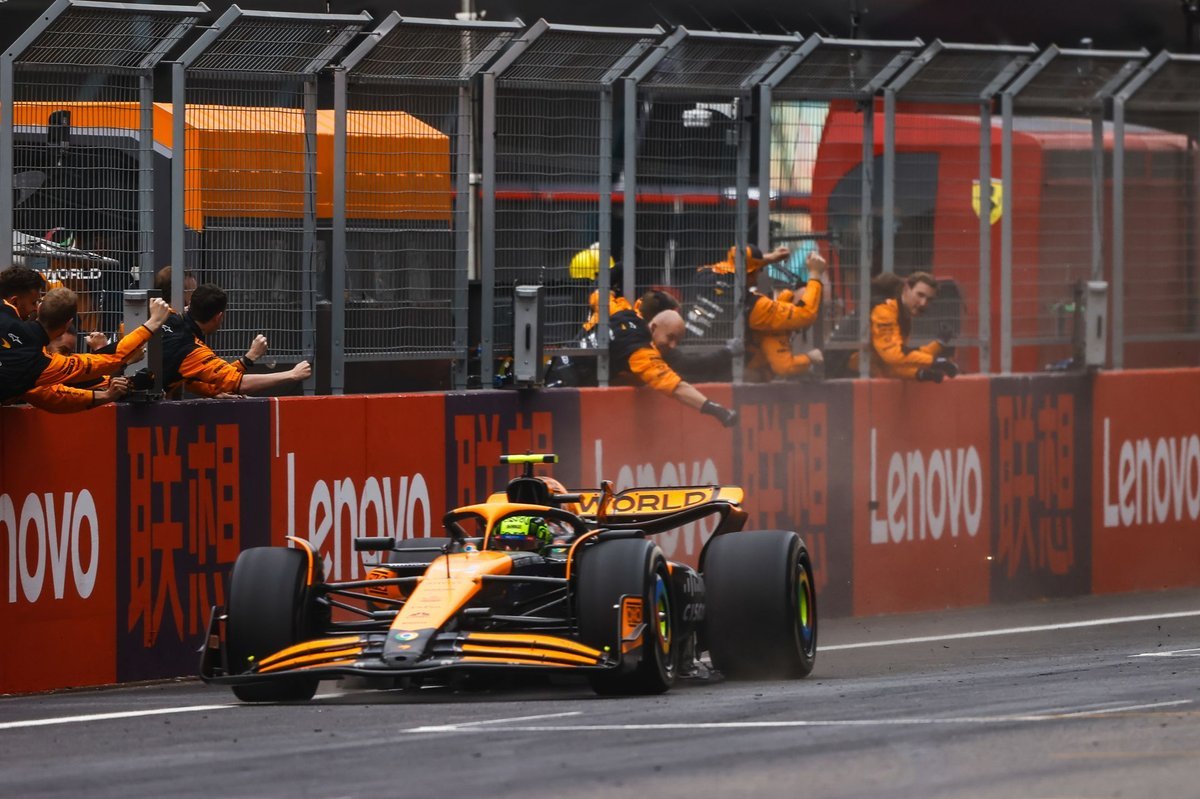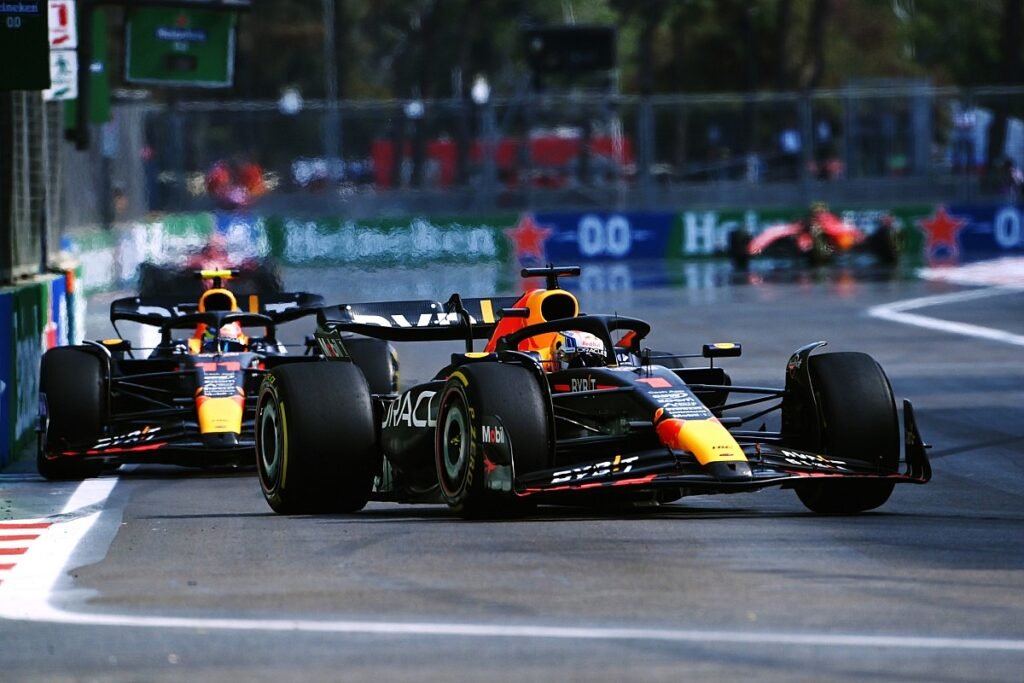
In a recent Formula 1 Grand Prix, Red Bull Racing found itself embroiled in controversy after allegedly instructing their driver, Sergio “Checo” Perez, to continue driving a damaged car in an apparent effort to avoid the deployment of a safety car. This strategic decision has raised significant concerns regarding the ethics and safety implications in the high-stakes world of Formula 1 racing.
The incident occurred when Perez’s car sustained damage following a collision with another vehicle. In typical racing scenarios, such damage would prompt a team to call the driver into the pits for repairs or to retire the car from the race entirely. However, Red Bull Racing appeared to take a different approach. Rather than bringing Perez in, they allegedly directed him to stay on the track with the compromised vehicle. The reasoning behind this decision seems to be to prevent the race from being neutralized by a safety car, which can dramatically alter the race dynamics by allowing trailing competitors to catch up to the leaders.
Safety cars are deployed in Formula 1 to ensure the safety of drivers and track personnel when there is significant debris on the track or when a car is stranded in a dangerous position. While the safety car ensures that the race can continue safely, it also disrupts race strategies by negating time advantages that leading cars have built up. Red Bull Racing, aware of these potential consequences, might have determined that keeping Perez on track would help them maintain their competitive advantage.
However, this decision has sparked considerable debate over the balance between strategy and safety. Running a damaged car on the track increases the risk of further mechanical failure or loss of control, which could lead to more serious accidents. If Perez’s car had experienced a catastrophic failure, it could have not only jeopardized his safety but also that of other drivers on the circuit. Additionally, debris from a damaged car can pose significant hazards to all drivers, further exacerbating the potential risks.
Ethically, the decision to keep Perez racing in a damaged car challenges the fundamental principles of fair play and sportsmanship in Formula 1. Teams constantly seek ways to gain a competitive edge, but such tactics should not come at the expense of driver safety. Instructing a driver to continue with a compromised vehicle places them in a difficult position, where they must choose between adhering to team orders and prioritizing their own safety and that of their fellow competitors.
The controversy has elicited a range of reactions from the Formula 1 community. Some have defended Red Bull’s actions as a calculated risk within the scope of competitive racing. Others have criticized it as a dangerous precedent that could lead to similar behavior by other teams, ultimately increasing the overall risk on the track. This incident highlights the need for regulatory bodies, such as the Fédération Internationale de l’Automobile (FIA), to potentially revisit and tighten regulations to prevent such scenarios in the future. Clearer guidelines on when a damaged car must be pitted or retired could help ensure that the primary focus remains on the safety and integrity of the sport.
In conclusion, the allegations against Red Bull Racing for instructing Sergio Perez to continue driving a damaged car to avoid a safety car underscore a critical issue in Formula 1: the tension between strategic maneuvers and safety considerations. While teams strive to stay ahead in the highly competitive environment of Formula 1, it is imperative that this pursuit does not compromise the safety of the drivers and the spirit of fair competition. This incident serves as a poignant reminder that in motorsport, the well-being of participants must always take precedence.

